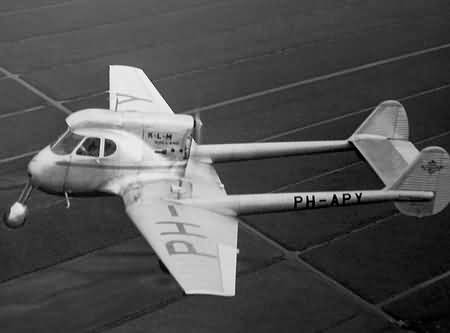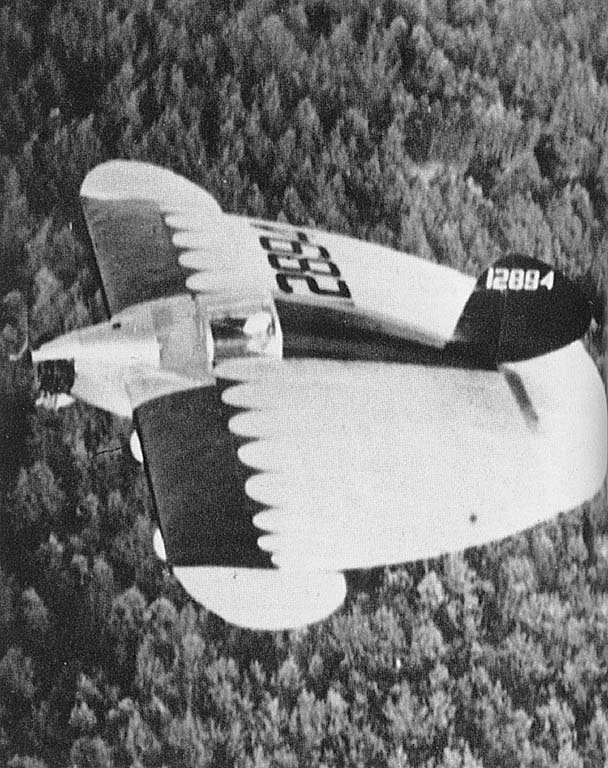Install the app
How to install the app on iOS
Follow along with the video below to see how to install our site as a web app on your home screen.
Nota: This feature may not be available in some browsers.
Je gebruikt een verouderde webbrowser. Het kan mogelijk deze of andere websites niet correct weergeven.
Het is raadzaam om je webbrowser te upgraden of een alternatieve webbrowser te gebruiken.
Het is raadzaam om je webbrowser te upgraden of een alternatieve webbrowser te gebruiken.
FORUMLEDEN met NOSTALGIE......"vreemde" kisten
- Topicstarter steffe
- Startdatum
- Status
- Niet open voor verdere reacties.
Aha, jij hebt dus op 'smelt' oftewel spiering zitten zoeken! Dat leverde dus ook al niets op.
Kom nu maar weer eens met iets, waar meer dan 1 letter leesbaar is! Bij Vinze's plaatje heb ik zelfs onder m'n monitor gezeten om te kijken wat er nou onder de vleugel stond. Volgens mij iets van 427...
[edit] Te laat.... :evil: [/edit]
Kom nu maar weer eens met iets, waar meer dan 1 letter leesbaar is! Bij Vinze's plaatje heb ik zelfs onder m'n monitor gezeten om te kijken wat er nou onder de vleugel stond. Volgens mij iets van 427...
[edit] Te laat.... :evil: [/edit]
Lijkt wel op de schelde S20 of een Fokker F-25 promotor
P
Pjotrrr
Guest
Stearman-Hammond Y


P
Pjotrrr
Guest

Mooi he...
P
Pjotrrr
Guest
The basic configuration of the Be-200 amphibious aircraft is indended for fighting the forest fires using the fire extinguishant fluids. While doing this, the aircraft can fulfill the following tasks:
* stop and restrain the spread of the big forest fires by developing the protecting strip due to multiple drops on the fire edge;
* extinguishing the small fire and fire which only starts to develop;
* delivery of fire brigades and fire extingushing equipment to the fire region by landing on preselected water area of aifield, and return to the base.
A particular feature of the Be-200 aircraft, when compared with the other amphibians, is that it has fully pressurized fuselage, which allows to fulfill a lot of missions.
The aircraft is fitted with flight/navigation and communication equipment allowing the navigation and flight control at all flight phases in adverse weather conditions at any season, day and night.

* stop and restrain the spread of the big forest fires by developing the protecting strip due to multiple drops on the fire edge;
* extinguishing the small fire and fire which only starts to develop;
* delivery of fire brigades and fire extingushing equipment to the fire region by landing on preselected water area of aifield, and return to the base.
A particular feature of the Be-200 aircraft, when compared with the other amphibians, is that it has fully pressurized fuselage, which allows to fulfill a lot of missions.
The aircraft is fitted with flight/navigation and communication equipment allowing the navigation and flight control at all flight phases in adverse weather conditions at any season, day and night.

P
Pjotrrr
Guest
De Lockheed F-104 Starfighter is een supersonisch jachtvliegtuig, dat beschikt over grote snelheid en klimvermogen. De Starfighter werd in 1958 in dienst gesteld bij de United States Air Force maar ontevredenheid over actieradius, laadvermogen en apparatuur leidde tot vervroegde uitfasering in 1967. Als exportproduct was de Starfighter wel een succes. Het toestel is onder andere gebruikt bij de luchtmachten van Duitsland, Canada, Nederland, België, Denemarken, Noorwegen en Italië en bleef tot ongeveer 1985 in gebruik. Italië gebruikte nog lang een verbeterde variant, de F-104S, en stelde die zelfs pas in 2004 buiten gebruik. Dat is 46 jaar nadat de Starfighter voor het eerst operationeel is gebruikt.
De Starfighter was moeilijk te besturen. Hij had de onterechte naam dat er veel toestellen crashten. In feite was het vliegtuig, uitgedrukt in ongelukken per gemaakte vlieguren, stukken veiliger dan jachtvliegtuigen van eerdere generaties, zoals de Gloster Meteor, F-84 Thunderstreak en F-86 Sabre.
De slechte naam had de Starfighter vooral te wijten aan twee oorzaken:
* De Duitse luchtmacht kocht ruim 900 exemplaren en verloor er vooral veel in de begintijd, mede doordat er nog weinig ervaring was in de net heropgerichte luchtmacht;
* De aanschaf had in Nederland nogal wat voeten in de aarde, omdat het - voor die tijd - een erg duur toestel was. Elk verlies kreeg daarop in de pers veel aandacht.
De F-16, opvolger van de Starfighter in Nederland, is maar marginaal veiliger gebleken.
De Starfighter was moeilijk te besturen. Hij had de onterechte naam dat er veel toestellen crashten. In feite was het vliegtuig, uitgedrukt in ongelukken per gemaakte vlieguren, stukken veiliger dan jachtvliegtuigen van eerdere generaties, zoals de Gloster Meteor, F-84 Thunderstreak en F-86 Sabre.
De slechte naam had de Starfighter vooral te wijten aan twee oorzaken:
* De Duitse luchtmacht kocht ruim 900 exemplaren en verloor er vooral veel in de begintijd, mede doordat er nog weinig ervaring was in de net heropgerichte luchtmacht;
* De aanschaf had in Nederland nogal wat voeten in de aarde, omdat het - voor die tijd - een erg duur toestel was. Elk verlies kreeg daarop in de pers veel aandacht.
De F-16, opvolger van de Starfighter in Nederland, is maar marginaal veiliger gebleken.
P
Pjotrrr
Guest
Ach, ik ben met mijn 46 jaren ook al aardig op weg om 'oldtimer' te worden... 

Hier wil ik nog eens een Depron indoortuigje van fabrieken...

Hier wil ik nog eens een Depron indoortuigje van fabrieken...
prop-er
Forum veteraan

The Arup S-2 did fly in 1933. It had a enclosed cockpit, a engine in front and a single vertical tail. I did see two pictures of the Arup S-2 and both show a different placement of the ailerons. The first picture (seen on nurflugel-website) shows ailerons added to the wingtips as extra surface in the shape of a half moon. The ailerons were fully rotating, which means that this extra surface did completely turn around a axis and was not made in two separate parts (one fixed, the other rotating). The other picture shows ailerons placed next to the elevator at the rear of the airplane. The picture of the Arup S-4 on the Nurflugel-site shows the Arup S-2 in the background with the last mentioned ailerons.
I saw a Arup S-2 on TV and it sure was a beautiful sight. It was announced as the Ford T in aviation. Clearly it was planned for mass production. But it was a bad economical time, the "Great Depression", and no buyers were found. Pity... because it flew good. The S-2 flew hundreds of hours and Dr. Snyder took his young son and daughter with him on several trips. That is something you don't do if you are not sure about safe flying.
The airfoil of the Arup S-2 was the Munck-designed; reflexed NACA M-6 (about 12% thickness).
The Arup S-3 and S-4 did probably have the same airfoil as the S-2. They were further refinements of the S-2. Both now did have a classic tail. The S-4 had ailerons placed in the trailing edge of the wingtips. I didn't find reference which aileron configuration the S-3 had.
P
Pjotrrr
Guest
Supermarine Spiteful
- Status
- Niet open voor verdere reacties.










